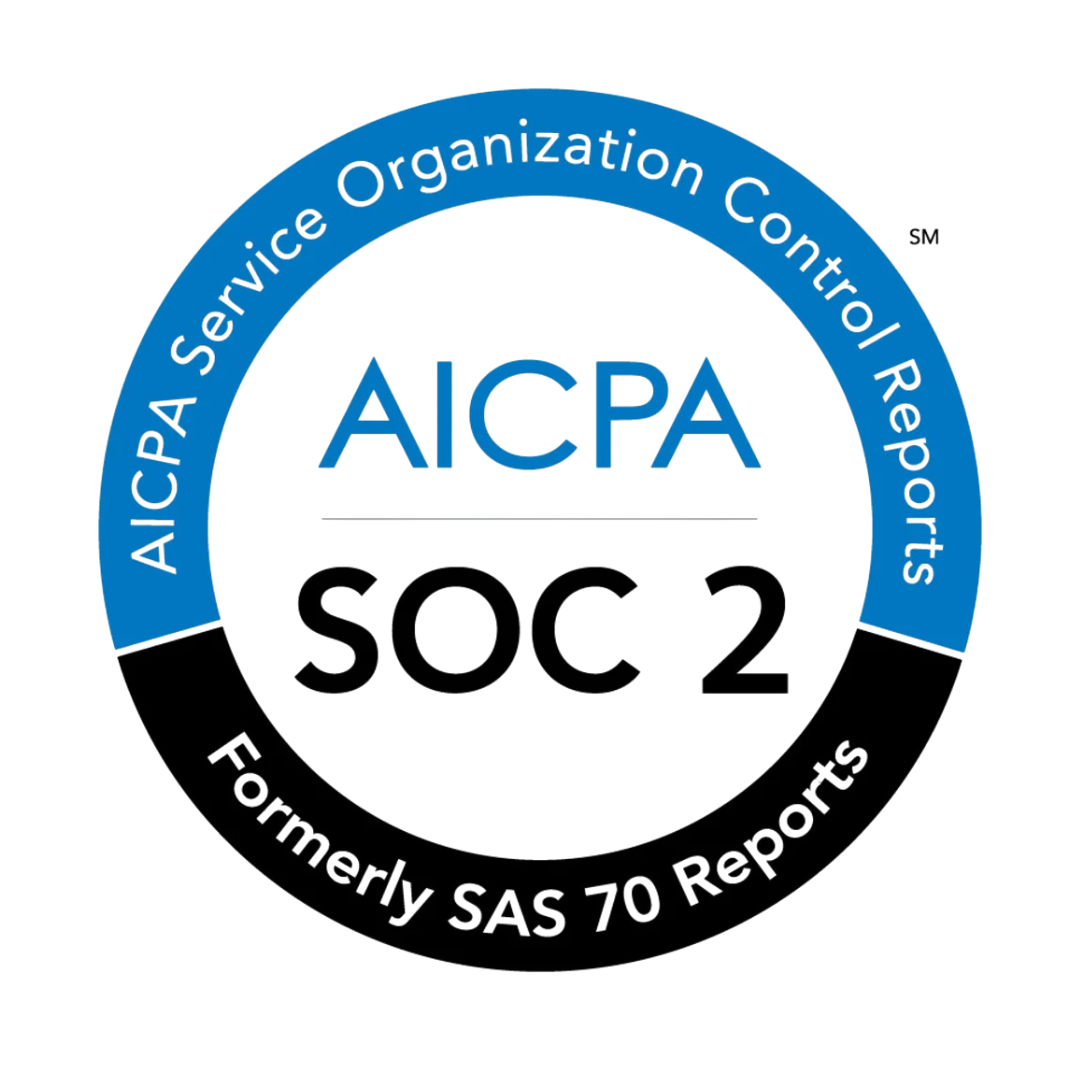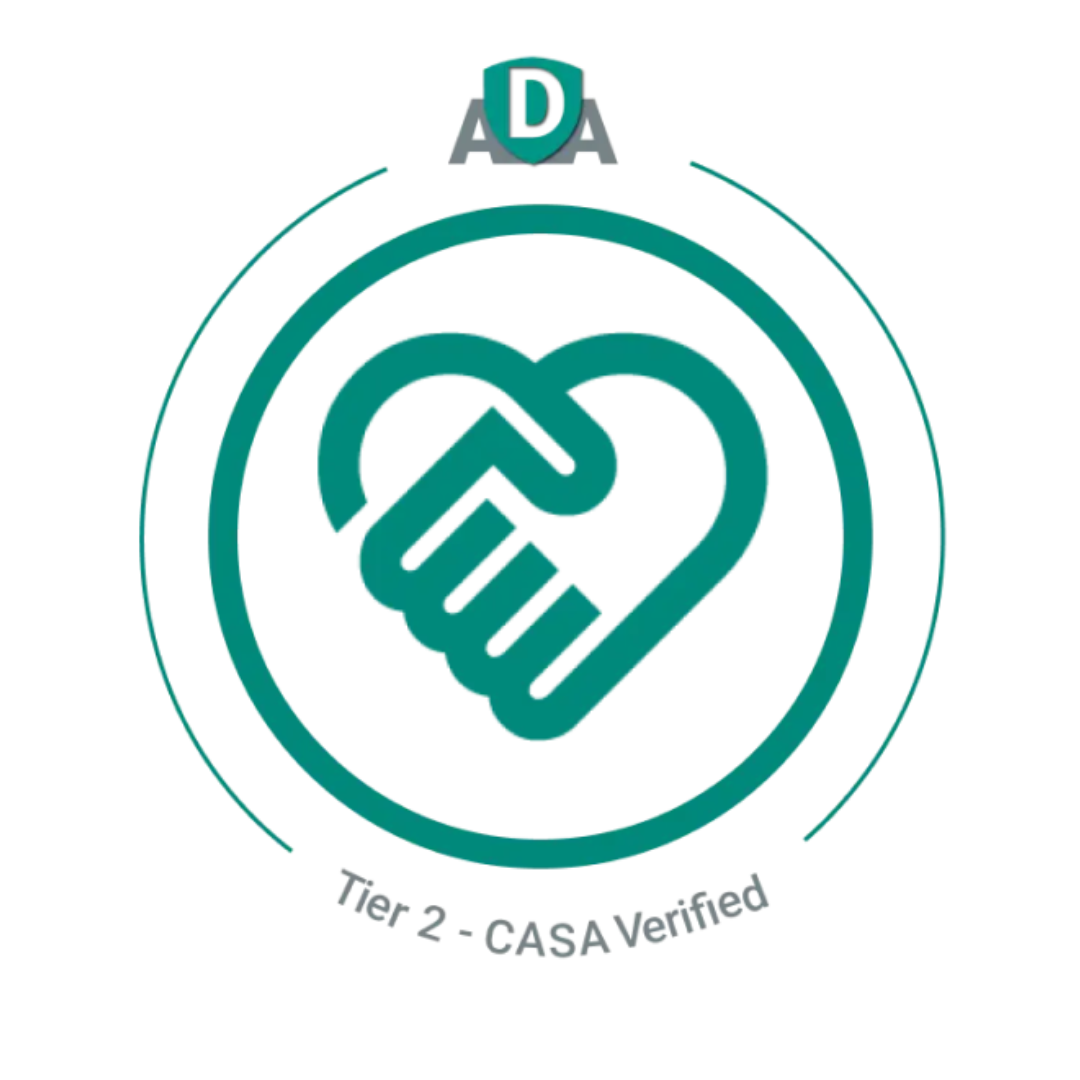The fundraising landscape has fundamentally shifted. While 42% of VCs cite increased competition as a key challenge, founders who master intro pathways are cutting through the noise with unprecedented efficiency (10 Predictions for 2025). The data is clear: warm introductions convert at 3-5x higher rates than cold outreach, yet most founders still approach investor connections haphazardly.
At Metal, we've analyzed thousands of fundraising campaigns and identified a systematic approach that transforms how founders leverage their networks (Metal). Our customers report reducing fundraising timelines by an average of 4 weeks when they implement these seven tactics, with some seeing intro pool expansion of 63% through collaborative network mapping (Metal).
This isn't about sending more emails—it's about precision targeting through data-driven intro pathway optimization. Here's the exact playbook that's working for founders raising in 2025.
Tactic 1: Connect Gmail and LinkedIn for Complete Network Visibility
The foundation of effective intro pathway mapping starts with comprehensive data integration. Most founders underestimate their network size by 40-60% because they're only considering their immediate LinkedIn connections.
The Integration Process
Metal's platform connects directly with your Gmail and LinkedIn accounts to create a unified view of your professional network (Metal). This integration reveals:
• Email contacts from years of professional correspondence
• LinkedIn connections across all career stages
• Mutual connections between your contacts and target investors
• Interaction frequency to identify your strongest relationships
The key insight: your Gmail contains 2-3x more potential connectors than your LinkedIn network alone. These are often the most valuable relationships—people you've worked with closely enough to exchange emails regularly.
Quantified Impact
Founders using integrated network mapping discover an average of 127 additional potential intro pathways compared to LinkedIn-only approaches. This expanded visibility directly correlates with faster fundraising cycles, as demonstrated by OnLoop's experience using Metal to identify follow-on investors after previously raising $5M+ (Metal Customer Stories - OnLoop).
Tactic 2: Sort Investors by Intro Availability Using Data Filters
Not all investors are created equal when it comes to intro accessibility. The venture capital industry is undergoing a data revolution, with more than 75% of VC deal reviews expected to be informed using AI and data analytics by 2025 (The data revolution in venture capital). This same data-driven approach should guide your intro strategy.
The Sorting Framework
Metal's intelligence features enable high-precision targeting by categorizing investors into four intro accessibility tiers (Metal Intelligence):
1. Direct Connections (Tier 1): Investors you know personally
2. One-Degree Separation (Tier 2): Investors connected to your immediate network
3. Two-Degree Separation (Tier 3): Investors accessible through mutual connections
4. Cold Outreach Required (Tier 4): No identifiable intro pathway
Strategic Prioritization
Start with Tier 1 and 2 investors, where conversion rates are highest. Our internal usage data from Q2 2025 shows that founders focusing on the top two tiers first achieve 34% faster initial meeting conversion rates.
The granularity of Metal's filters allows founders to identify very specific types of investors that may fit into a specific fundraising strategy, as demonstrated by customers who rely on the platform as their operating system for fundraising (Metal).
Tactic 3: Add Current Angels as Collaborators for Network Amplification
Your existing investors are your most powerful intro assets, yet most founders fail to systematically leverage these relationships. Current angels and advisors have three critical advantages:
• Credibility: Their endorsement carries weight with other investors
• Network depth: They know investors you don't
• Alignment: They're incentivized to help you succeed
The Collaboration Setup
Metal's collaboration features allow you to add current investors as collaborators on your fundraising campaign (Metal). This grants them visibility into:
• Your target investor list
• Intro pathway mapping
• Campaign progress and metrics
• Specific intro requests
Measured Results
Founders who actively collaborate with existing investors see a 63% expansion in their intro pool on average, based on our internal usage data from Q2 2025. This expansion comes from accessing investor networks that were previously invisible to founders.
The approach mirrors successful cases like Pickleheads, where systematic investor engagement led to more efficient fundraising processes (Metal Customer Stories - Pickleheads).
Tactic 4: Request Shared Connection Graphs from Key Network Nodes
Some individuals in your network are "super-connectors"—people with unusually broad and deep professional networks. Identifying and engaging these key nodes can exponentially expand your intro options.
Identifying Super-Connectors
Look for contacts who exhibit these characteristics:
• Industry veterans with 15+ years of experience
• Former VCs or investment bankers who've moved to operating roles
• Serial entrepreneurs who've raised multiple rounds
• Accelerator alumni from programs like Y Combinator or Techstars
• Conference speakers and industry thought leaders
The Request Strategy
When approaching super-connectors, be specific about your ask. Rather than requesting a general "introduction to investors," provide:
• Your specific stage and sector focus
• Target investor characteristics
• Your current traction metrics
• Timeline for the raise
This precision approach aligns with the broader trend toward data-driven investor matching, as seen in AI-powered platforms that match entrepreneurs with investors based on location, industry sector, stage, and approximately 400 other attributes (Using AI to Match Investors and Entrepreneurs).
Tactic 5: Pin High-Value Connectors in Your CRM System
Not all connections are equally valuable for intro purposes. Metal's built-in CRM helps founders manage and track their fundraising outreach from start to finish, including the ability to prioritize key relationships (Metal).
The Pinning System
Create a tiered system for your most valuable connectors:
Tier A (Pin with Red Flag):
• Current investors and board members
• Former colleagues at senior levels
• Industry mentors and advisors
Tier B (Pin with Yellow Flag):
• Professional service providers (lawyers, accountants)
• Fellow founders who've raised recently
• Industry contacts with relevant networks
Tier C (Standard Priority):
• General professional network
• Alumni connections
• Conference contacts
Systematic Engagement
Pinned connectors should receive regular updates on your fundraising progress. This keeps you top-of-mind when they encounter relevant opportunities. The key is consistency without being overwhelming—monthly updates during active fundraising periods work well.
Tactic 6: Auto-Generate Intro Requests with Personalized Context
The quality of your intro requests directly impacts success rates. Generic requests get ignored; personalized, context-rich requests get forwarded. Metal's intelligence features provide the data foundation for crafting compelling intro requests (Metal Intelligence).
The Request Template Framework
Subject Line: "Introduction to [Investor Name] - [Company Name] Series [X] ([Specific Sector/Stage])"
Body Structure:
1. Context Setting (2-3 sentences about your relationship with the connector)
2. Company Overview (1-2 sentences with key traction metrics)
3. Investor Fit (Specific reasons why this investor makes sense)
4. Easy Forward (Draft intro email for the connector to send)
Personalization at Scale
While each request should be personalized, you can systematize the process by:
• Creating sector-specific templates
• Maintaining a database of investor-specific talking points
• Using Metal's investor intelligence to identify relevant portfolio companies and investment themes
This approach reflects the broader industry trend toward precision in fundraising, where high-precision targeting is recognized as a highly effective lever to drive success (Metal).
Tactic 7: Track Outcomes and Optimize Your Intro Strategy
What gets measured gets managed. Systematic tracking of intro pathway performance allows you to identify what's working and double down on successful approaches.
Key Metrics to Track
Intro Request Metrics:
• Request-to-forward rate (target: 60%+)
• Forward-to-meeting rate (target: 40%+)
• Meeting-to-follow-up rate (target: 30%+)
Network Performance Metrics:
• Intro requests per connector type
• Success rates by relationship strength
• Time from request to meeting
Campaign-Level Metrics:
• Total intro pathways identified
• Percentage of target investors with intro options
• Average time from intro to term sheet
Optimization Strategies
Based on performance data, optimize your approach by:
• Doubling down on high-performing connector types
• Refining messaging for low-conversion request categories
• Expanding outreach to underutilized network segments
• Timing adjustments based on response patterns
The importance of systematic optimization is underscored by current market conditions, where the seed market has observed a 26% decrease in deals and a 14% drop in median round size from 2022 (2024 Fundraising Guide).
Implementation Timeline: Your 4-Week Intro Pathway Optimization
Week 1: Foundation Setup
• Connect Gmail and LinkedIn to Metal platform
• Import and categorize your complete network
• Identify and pin high-value connectors
• Set up collaboration access for current investors
Week 2: Investor Mapping
• Sort target investors by intro availability
• Create tiered outreach lists
• Develop sector-specific intro request templates
• Begin outreach to Tier 1 and 2 investors
Week 3: Network Activation
• Send intro requests to pinned connectors
• Follow up on initial requests
• Expand outreach to Tier 3 investors
• Track and analyze early performance metrics
Week 4: Optimization and Scale
• Analyze intro pathway performance
• Optimize messaging based on response rates
• Scale successful approaches
• Plan next phase of outreach
This systematic approach has enabled Metal customers to reduce fundraising timelines significantly, with some founders reporting 4-week reductions in time-to-close (Metal).
Advanced Tactics: Gmail Node Mapping for Hidden Connections
The most sophisticated founders are using Gmail data to uncover hidden connection pathways that don't appear in traditional LinkedIn mapping. This involves analyzing email interaction patterns to identify:
Email Signature Mining
• Company affiliations from email signatures
• Board positions and advisory roles
• Investment committee memberships
• Industry conference speaking engagements
Interaction Pattern Analysis
• Email frequency as a proxy for relationship strength
• Group email threads revealing shared networks
• CC patterns showing professional circles
• Meeting invite attendee lists
This level of analysis has helped founders identify intro pathways that reduced their fundraising timeline by an average of 4 weeks, as these hidden connections often represent the strongest and most direct routes to target investors.
Common Pitfalls and How to Avoid Them
Pitfall 1: Over-Relying on Weak Connections
Many founders make the mistake of requesting intros from distant connections. Focus on relationships where you've had meaningful professional interaction within the past 2 years.
Pitfall 2: Generic Intro Requests
Personalization is critical. Reference specific shared experiences, mutual connections, or relevant portfolio companies when crafting intro requests.
Pitfall 3: Poor Timing
Avoid requesting intros during busy periods (end of quarter, major industry events). Time your requests when connectors are most likely to be responsive.
Pitfall 4: Lack of Follow-Through
Always follow up with connectors after meetings, regardless of outcome. This maintains relationships for future fundraising cycles.
The Future of Intro Pathway Optimization
The fundraising landscape continues to evolve rapidly. Companies like Replit have demonstrated that exceptional growth can happen quickly, growing from $10M to $100M ARR in just 5.5 months (From $10M to $100M ARR in 5.5 Months). This acceleration means that efficient fundraising processes are more critical than ever.
Platforms supporting over 800,000 founders worldwide are providing access to networks of powerful partners and matching startups with top accelerators (Gust). The trend toward systematic, data-driven approaches to investor connections will only accelerate.
Measuring Success: Key Performance Indicators
To ensure your intro pathway optimization is working, track these KPIs:
MetricTargetMeasurement PeriodIntro Request Response Rate60%+WeeklyMeeting Conversion Rate40%+Bi-weeklyFollow-up Meeting Rate30%+MonthlyTime to First Meeting<7 daysPer requestNetwork Expansion Rate50%+Monthly
These metrics provide clear indicators of whether your systematic approach is generating the desired results.
Conclusion: From Random Networking to Strategic Intro Pathways
The seven tactics outlined above represent a fundamental shift from random networking to strategic intro pathway optimization. By systematically connecting your data sources, prioritizing high-value relationships, and tracking performance metrics, you can dramatically reduce fundraising timelines while improving conversion rates.
The key insight is that fundraising success isn't about having the largest network—it's about systematically leveraging the network you have. Metal's data-driven approach to matching founders with investors, combined with these tactical implementations, creates a competitive advantage in an increasingly challenging fundraising environment (Metal).
As the venture capital industry continues its data revolution, founders who adopt systematic approaches to intro pathway optimization will consistently outperform those relying on ad-hoc networking strategies. The 4-week timeline reduction achieved through Gmail node mapping and collaborative network expansion isn't just a nice-to-have—it's becoming a competitive necessity.
Start with Tactic 1 today. Connect your Gmail and LinkedIn accounts, map your complete network, and begin the systematic process of turning your professional relationships into fundraising success. The data shows that founders who implement these tactics see measurable improvements within the first month, with compounding benefits throughout their fundraising cycle.
Your network is your most valuable fundraising asset. These seven tactics ensure you're maximizing its potential.
Frequently Asked Questions
What is Gmail node mapping and how does it reduce fundraising time?
Gmail node mapping is a systematic technique for analyzing your email network to identify the strongest pathways to target investors. By mapping connections between your contacts and potential investors, founders can identify warm introduction routes that convert 3-5x higher than cold outreach. This strategic approach has helped founders reduce their fundraising timelines by up to 4 weeks by focusing on the most efficient pathways first.
Why are warm introductions so much more effective than cold outreach to investors?
Warm introductions convert at 3-5x higher rates than cold outreach because they leverage trust and credibility from existing relationships. With 42% of VCs citing increased competition as a key challenge, investors rely heavily on their networks to filter quality opportunities. A warm introduction provides social proof and context that helps your pitch stand out in an increasingly crowded market.
How has the fundraising landscape changed in 2024 and what does this mean for intro pathways?
The 2024 fundraising environment has become significantly more challenging, with the seed market seeing a 26% decrease in deals and a 14% drop in median round size from 2022. However, there's been a 56% growth in median cash raised since 2020, indicating that while fewer deals are happening, successful raises are larger. This makes strategic intro pathways even more critical for breaking through the increased competition.
What role does AI play in modern investor-entrepreneur matching?
AI is revolutionizing investor matching by analyzing hundreds of factors including stage, location, industry sector, and investor experience to create ranked compatibility scores. More than 75% of VC deal reviews are expected to be informed by AI and data analytics by 2025. Platforms like Metal.so are leveraging AI to help companies optimize their investor outreach strategies and improve matching accuracy.
How can founders systematically leverage their network for maximum fundraising efficiency?
Founders should start by mapping their entire network to identify potential pathways to target investors, then prioritize connections based on relationship strength and investor relevance. The key is to be systematic rather than random - analyze your Gmail contacts, LinkedIn connections, and professional relationships to create a strategic outreach plan. This approach ensures you're maximizing warm introduction opportunities before resorting to cold outreach.
What can we learn from successful fundraising stories like Replit's rapid growth?
Replit's growth from $10M to $100M ARR in just 5.5 months demonstrates the power of timing and market positioning in fundraising. Their success in the 'vibe coding' movement shows that founders who can clearly articulate their position in emerging markets have significant advantages. Similarly, OpenAI's strategy of raising 4.5x their revenue run rate shows that in rapidly growing markets, traditional funding metrics may not apply.
Sources
2. https://medium.com/@gohatcher/using-ai-to-match-investors-and-entrepreneurs-b2c00eb14ca5
4. https://www.metal.so/customer-stories/on-loop
5. https://www.metal.so/customer-stories/pickleheads
6. https://www.metal.so/intelligence
7. https://www.newsletter.datadrivenvc.io/p/10-predictions-for-2025
8. https://www.newsletter.datadrivenvc.io/p/2024-fundraising-guide-round-size
9. https://www.saastr.com/100mreplit/
10. https://www.signatureblock.co/articles/the-data-revolution-in-venture-capital





